I visited New Salem on a very hot day in August, where the sky was almost too blue and brilliant for good pictures.
Climax Electric Works was constructed for Levi Flag to manufacturer the T&P Cycle Car. It was used to make his cars up until around 1912. After that time it served as the exchange for the Crescent Telephone Com and then used as a plumbing shop. It was ultimately acquired by the New Salem Academy as the Agricultural Building.
The new Town Hall was completed in 1939 and replaced the original 1838 Town House. The town had simply outgrown the original building. In addition to the administrative functions of the town, the building is used for various town functions like potluck suppers, children’s Christmas party and other entertainment.

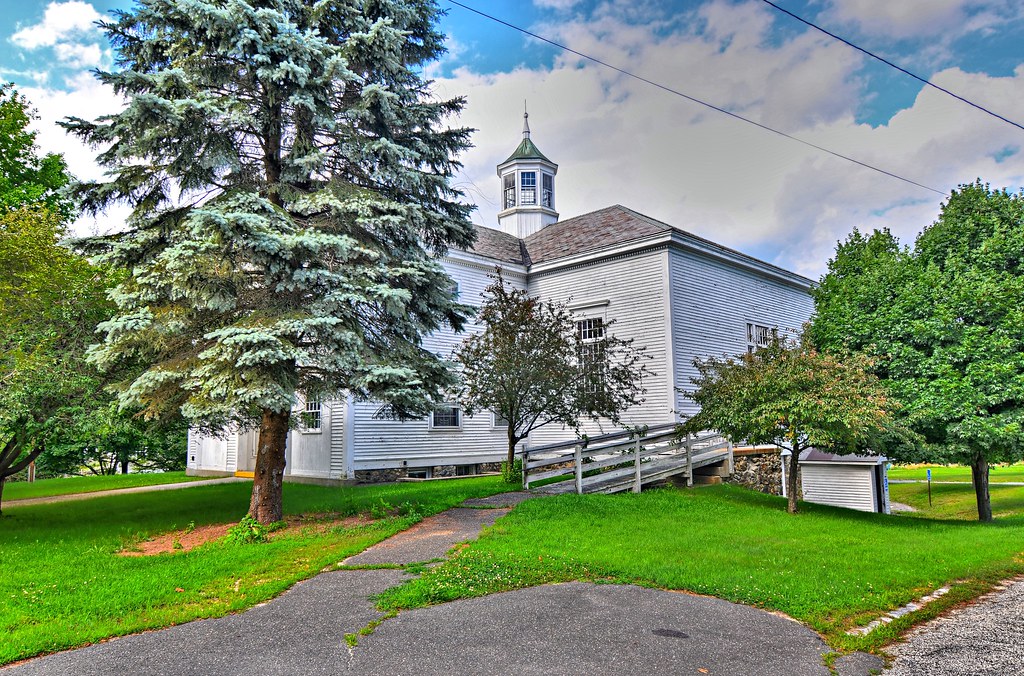
The old Town Hall was built in 1838. For awhile it served as the library. Today it is the Town Clerks Office, where you can contribute to the town in the way of taxes.
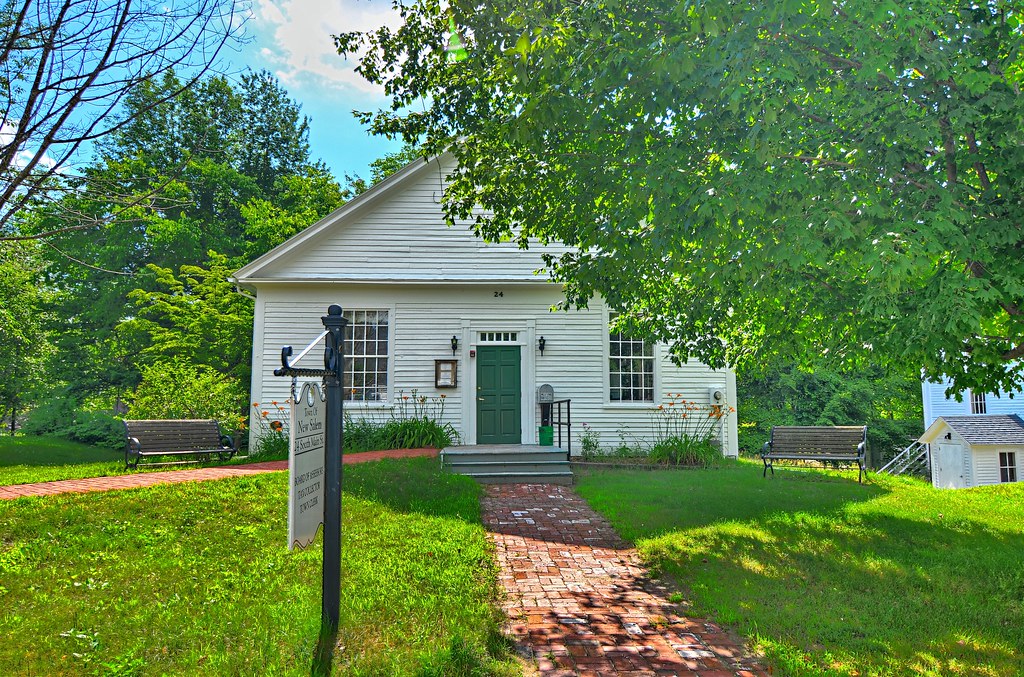
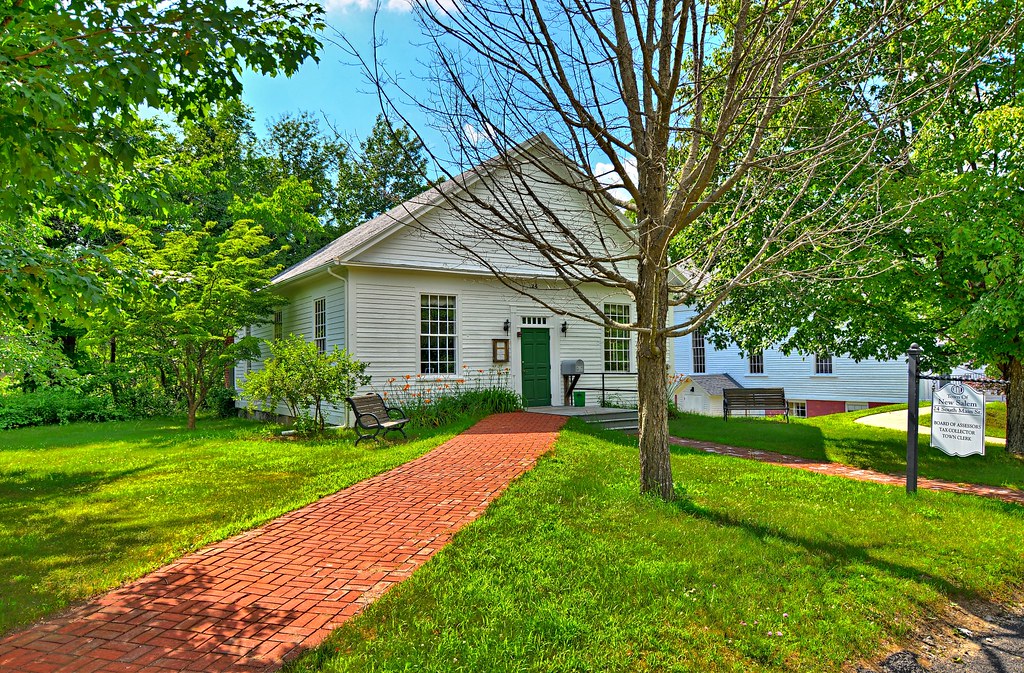
The New Salem First Congregational Church was built in 1794 and was built on site where the original meetinghouse built in 1739. This church served the Congregational Society until 1845, where all religious activity ceased. The building was then used for various public purposes. In 1837 the building was completely remodeled in the Greek Revival style and the steeple was added. In 1987 the Congregational Society transferred ownership to the Town of New Salem. Today it is used as a regional performing arts center.
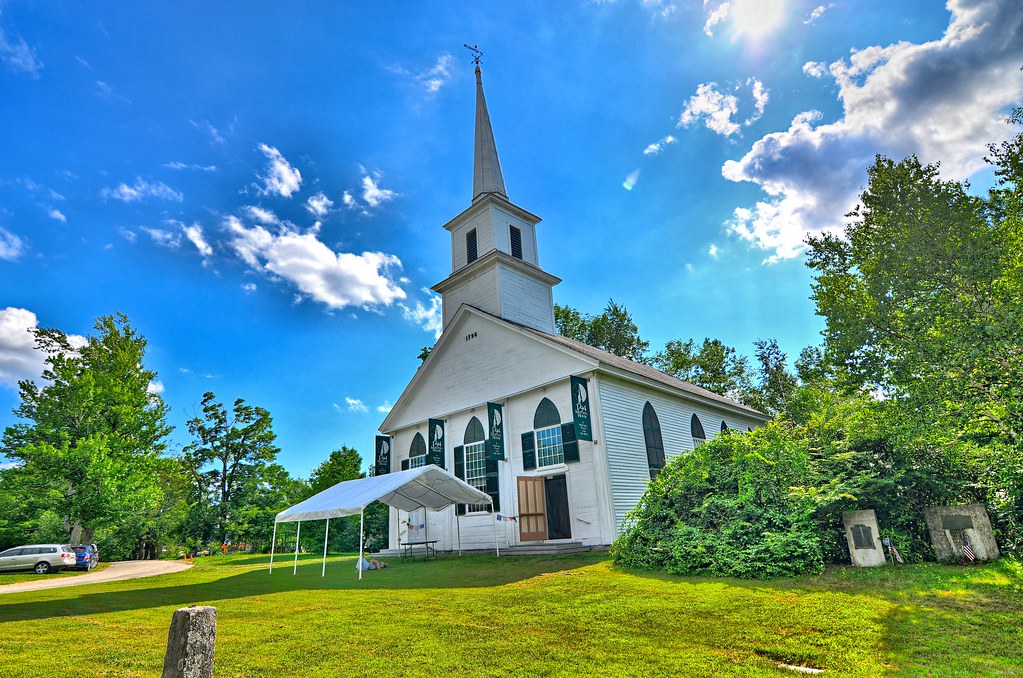
Right down the street from the First Congregational Church is the Third Central Congregational Church. This church was built in 1854. This church was built due to the schism occurring in the Protestant religion in the early 1800’s. The First Congregational Church joined the Universalist dominion in 1823, and the remaining congregation organized the Third Congregation, also known as the Orthodox Congregational Church. The First Church with the split and loss of members could not financially sustain themselves and ceased having meetings in 1845. This church continues to support a small congregation today.
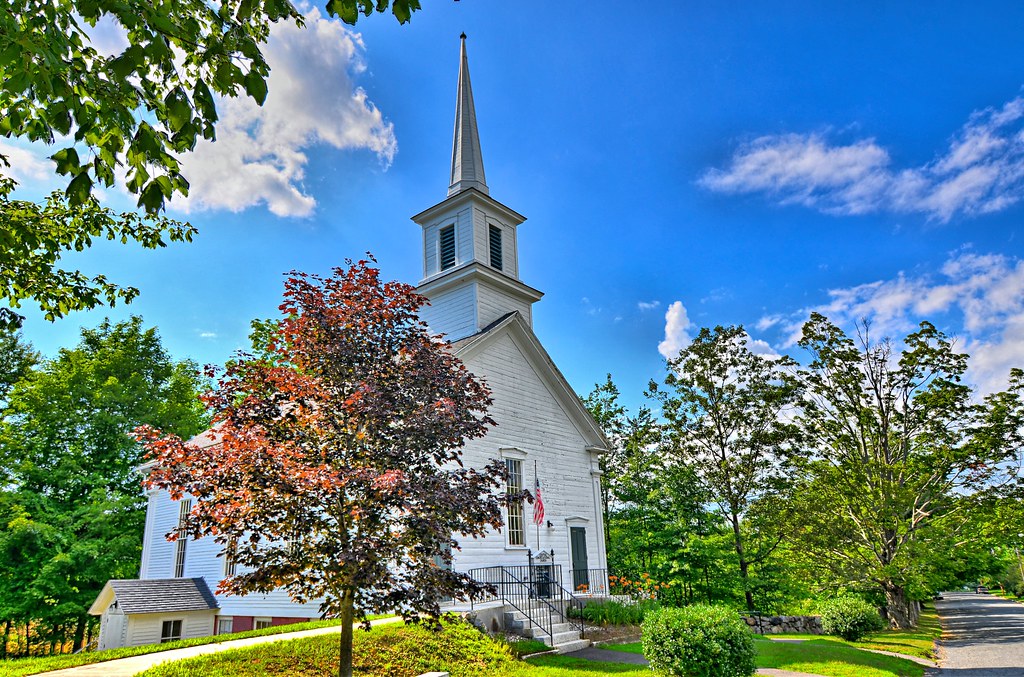
The Congregational Church is a Protestant organization where each congregation independently and autonomously runs its own affairs. They arose from the Nonconformist religious movement during the Puritan reformation in England. Most of the Congregational Churches in New England emulated from the Plymouth Colony and Massachusetts Bay Colonies. The Universalists claim that religion is a universal human quality and is defined as a set of beliefs concerning the cause, nature, and purpose of the universe. This society accepts all religious beliefs and it is believed it was influenced by Hinduism, even thou it has deep roots in Christianity.
The New Salem Fort Marker was placed here in 1903. The inscription reads “Site of One of the Old Forts erected by Early Settlers in Defence Against Indian Hostilities about 1740”. It is presumed the fort that the rock refers to was a stockade around some building, possibly a meeting house built in 1739. Historical rumors indicated there were 2 more forts in the town as well. New Salem was considered a frontier town, however there is no historical information that there was ever an attack against the town.
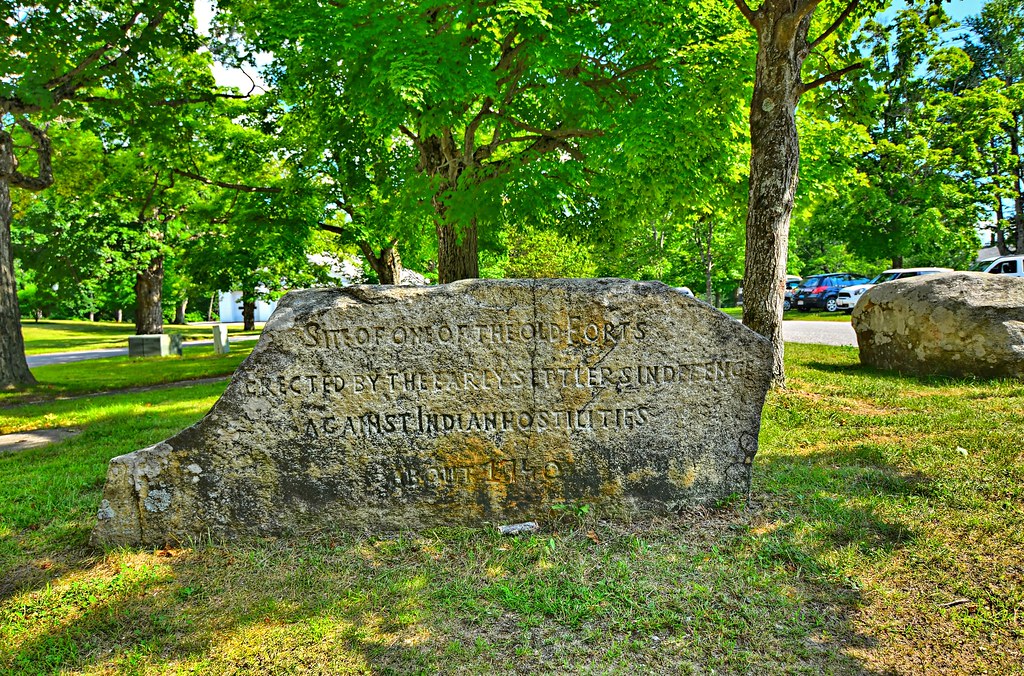
A story does float around, at one time when the men of the town were absent on a scouting mission, the women, children and old guys were assembled in the fort. It was discovered that an enemy was creeping toward the fort and one of the women, Mrs Jechoadan Ward Felton, deepened her voice, and called the roll of the men’s names, commanding that they load their guns and prepare to fire. The enemy thinking the fort was strongly armed with a force retreated. The presence was verified the next day by theirs tracks. So the story goes.
New Sales Academy was founded in 1795. This building replaced the original building that burned in 1837 and was built in 1838.
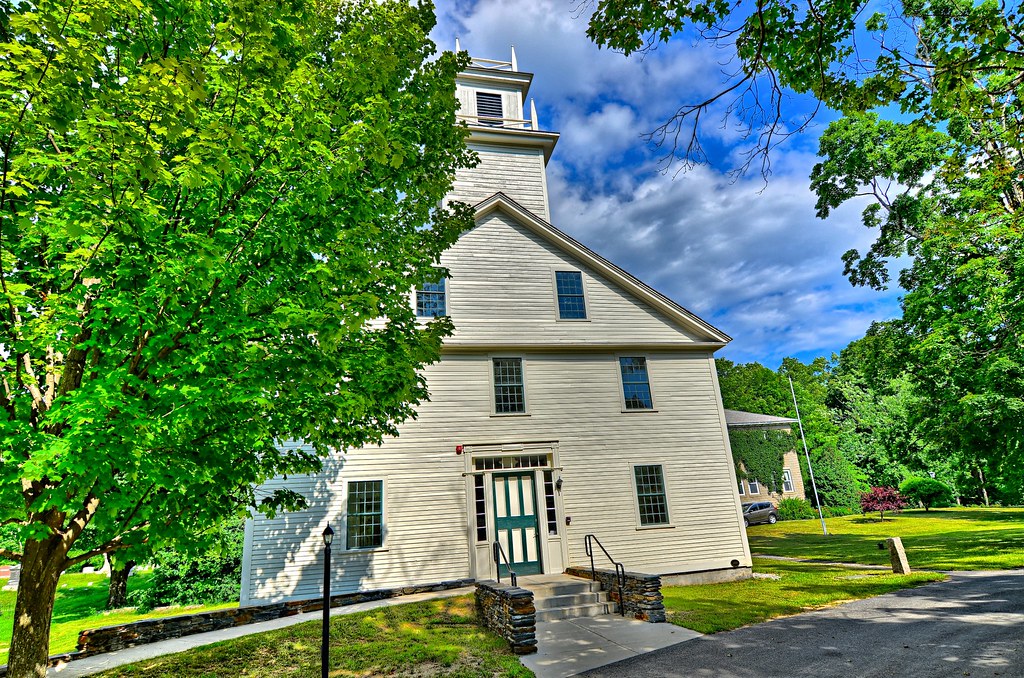
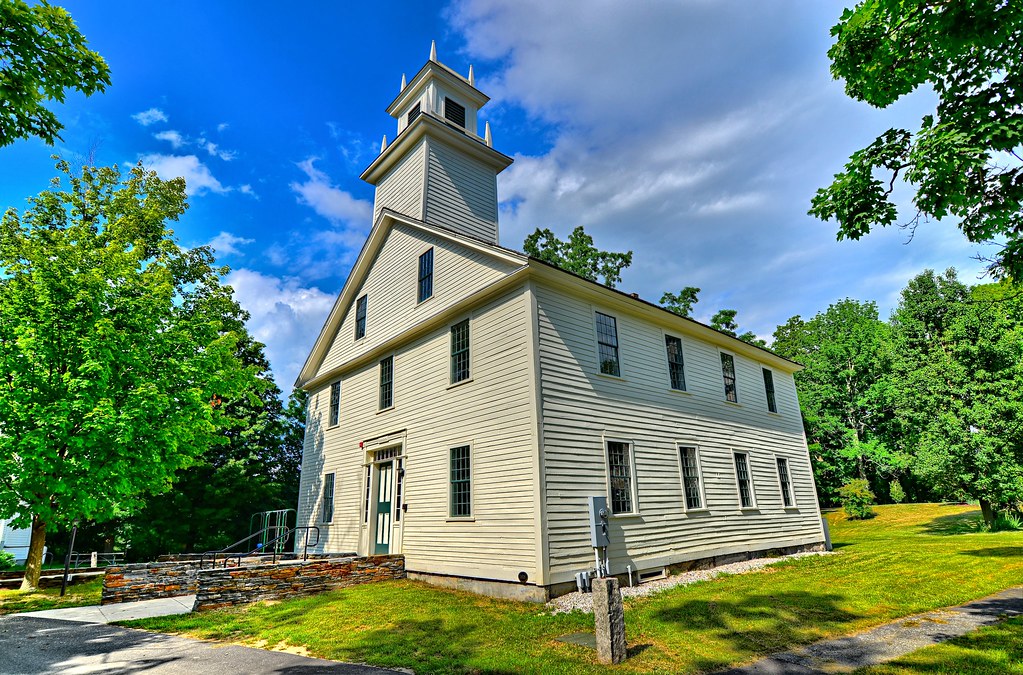
The Town felt it had outgrown the Old Academy building and built this one in 1908. It is constructed of hollow cement blocks and sports an observation deck and bell tower.
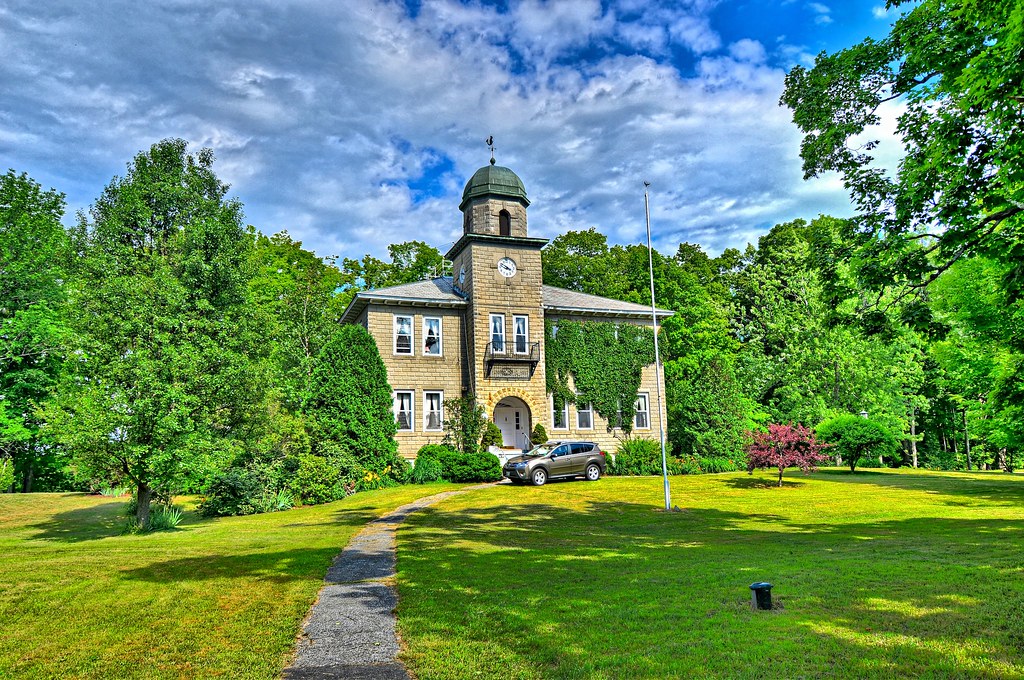
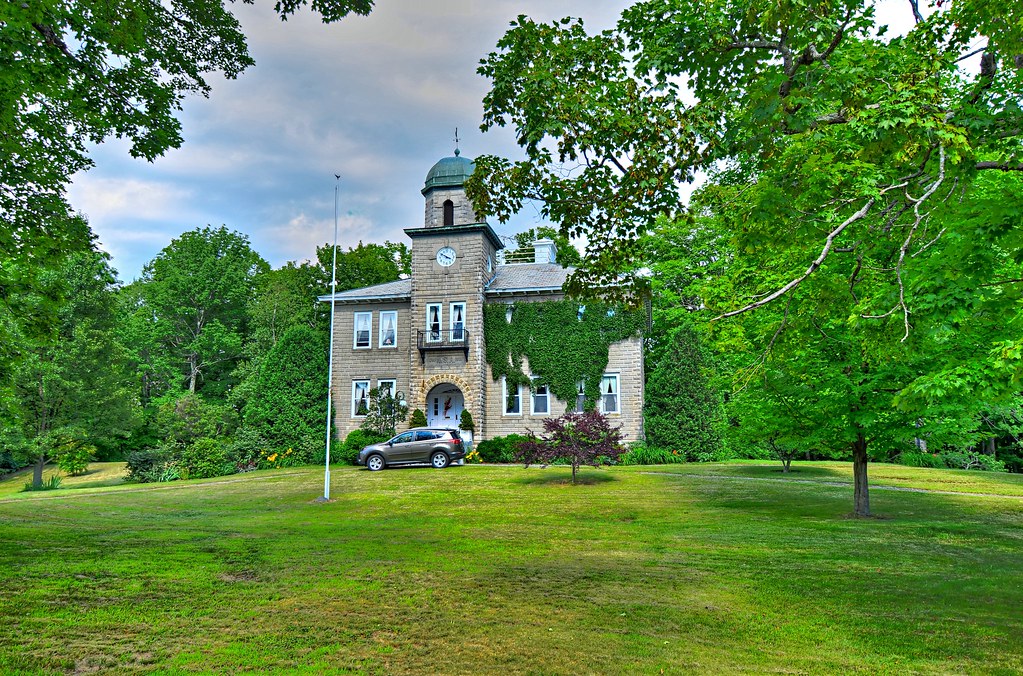
In 1871 the Town of New Salem built a boarding house for the students. In 1935 it housed the Household Arts Department. It also served as an elementary school in 1941-42, when the school districts were consolidated. Today I believe it is a personal residence.
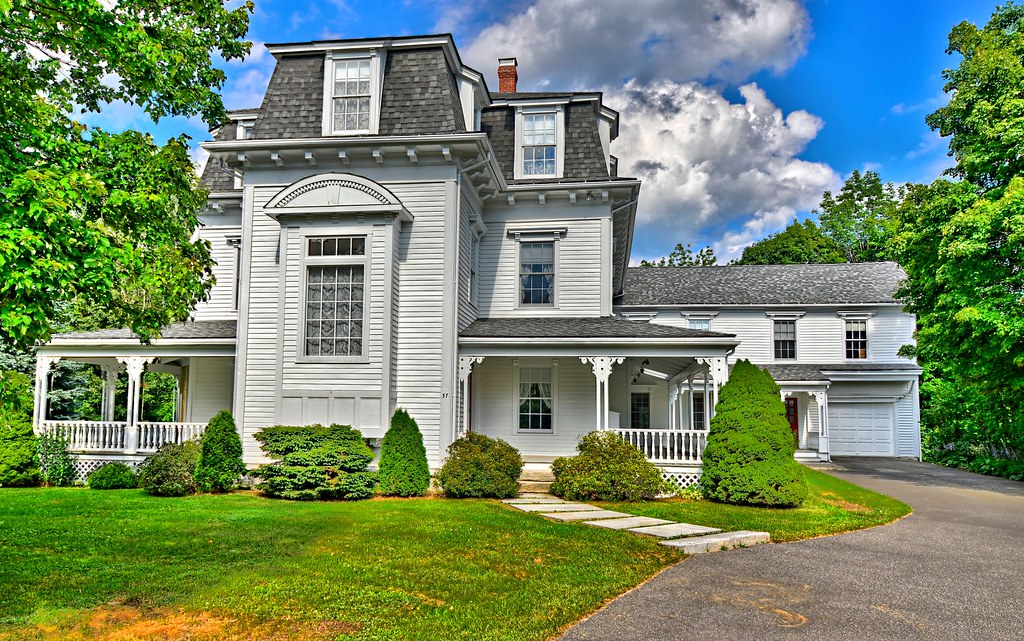
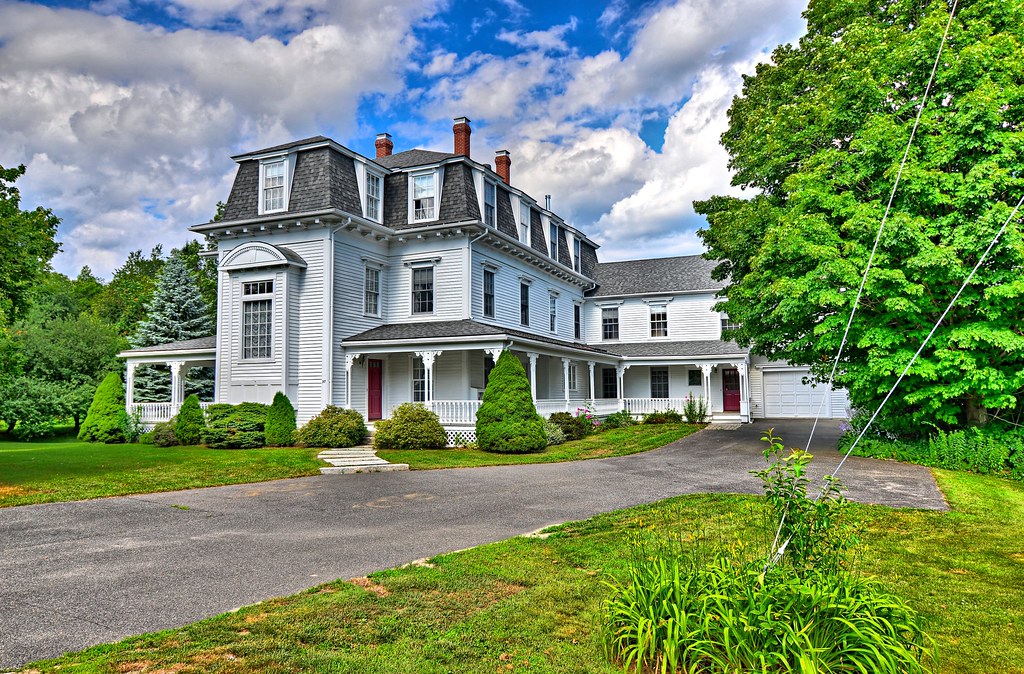
The houses of New Salem for the most part were built in the 19th century and are typical of what you would find in all of the towns in New England. I have chosen to post some examples of the houses, and make comments or expanded historical context when interesting or important.
All of the homes in the historic district are on South Main Street. This group of homes are located as you enter the home and move up a small incline into the center of the Town, where the churches and academy is located.







As you pass the center of the town South Main St extends beyond the common, where this group of homes is located.





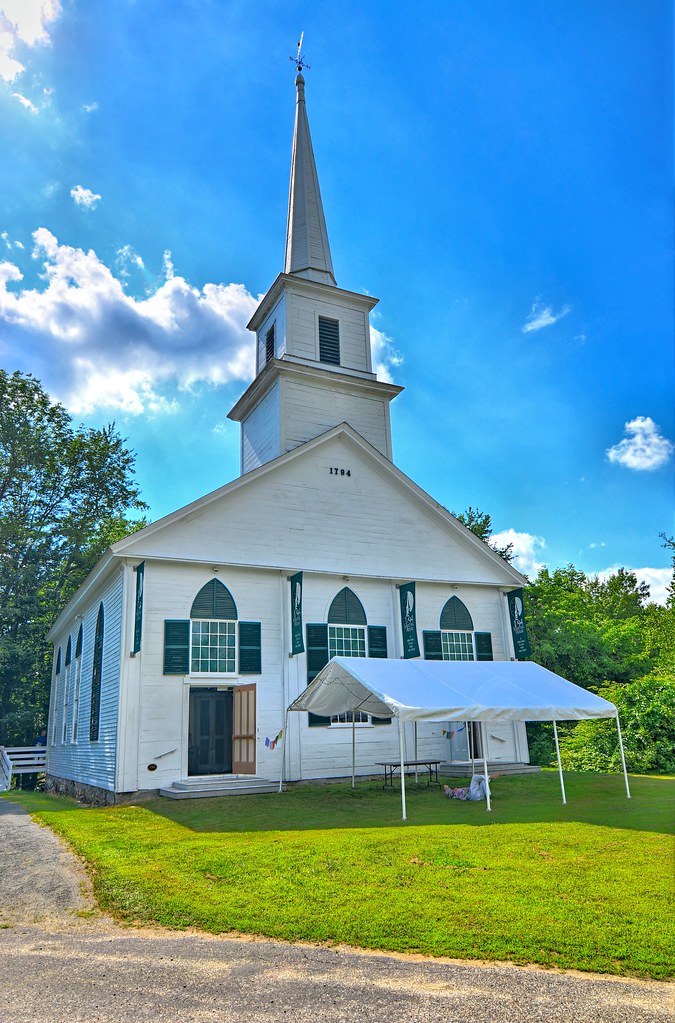
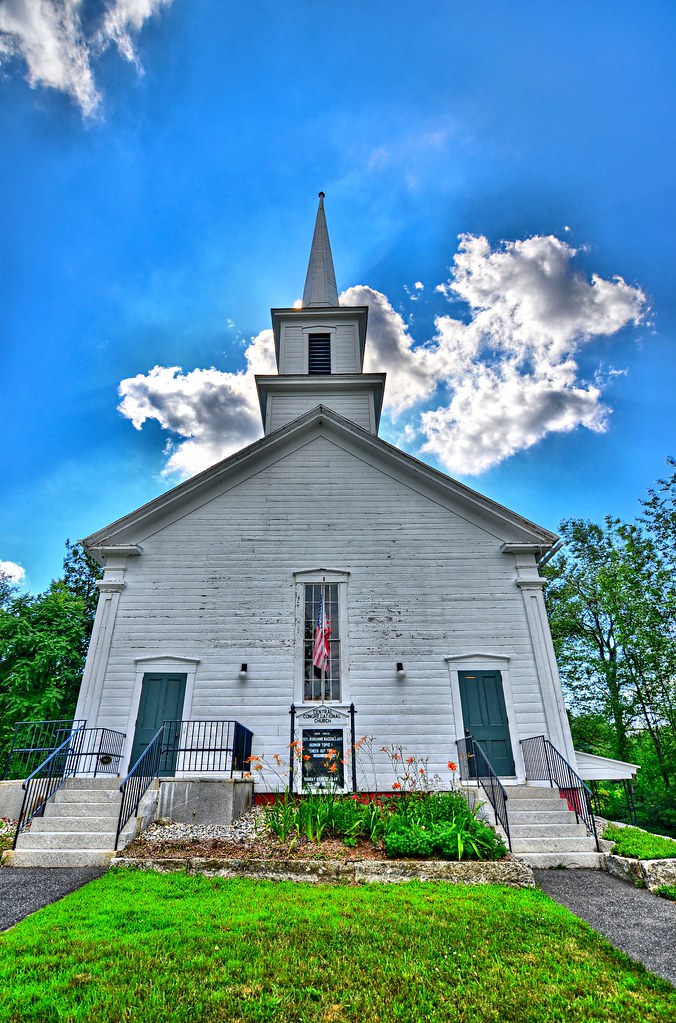
1 comment:
Bill, I LOVE your photos. Only problem is I have DSL. No high speed internet for me in Wilton. It takes forever for each photo to load. Maybe you could post them in a smaller size that would load faster?
Post a Comment